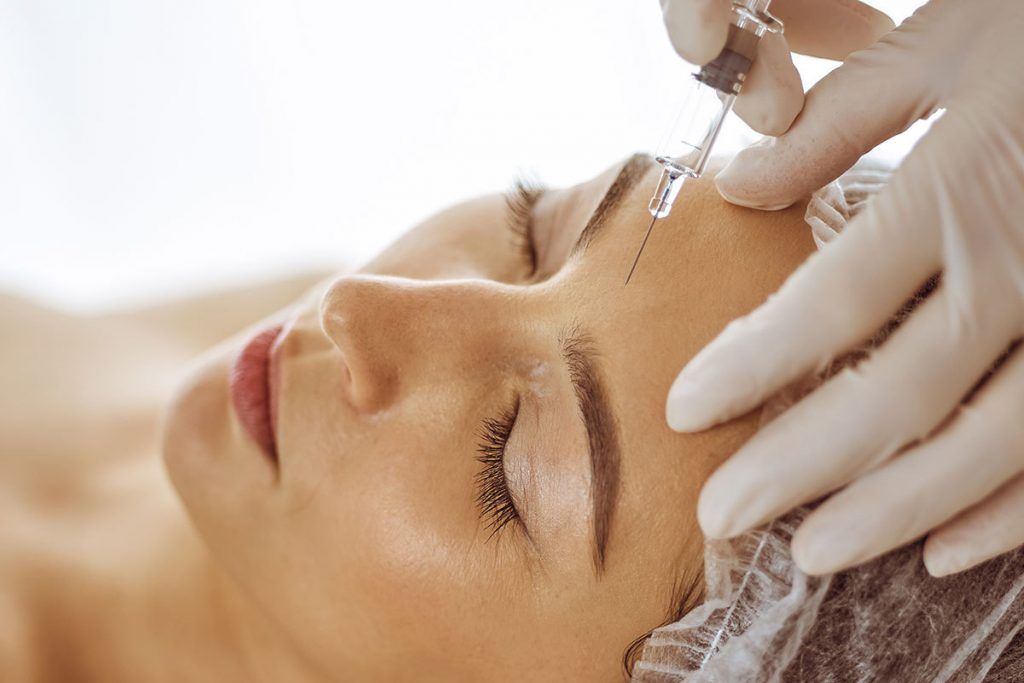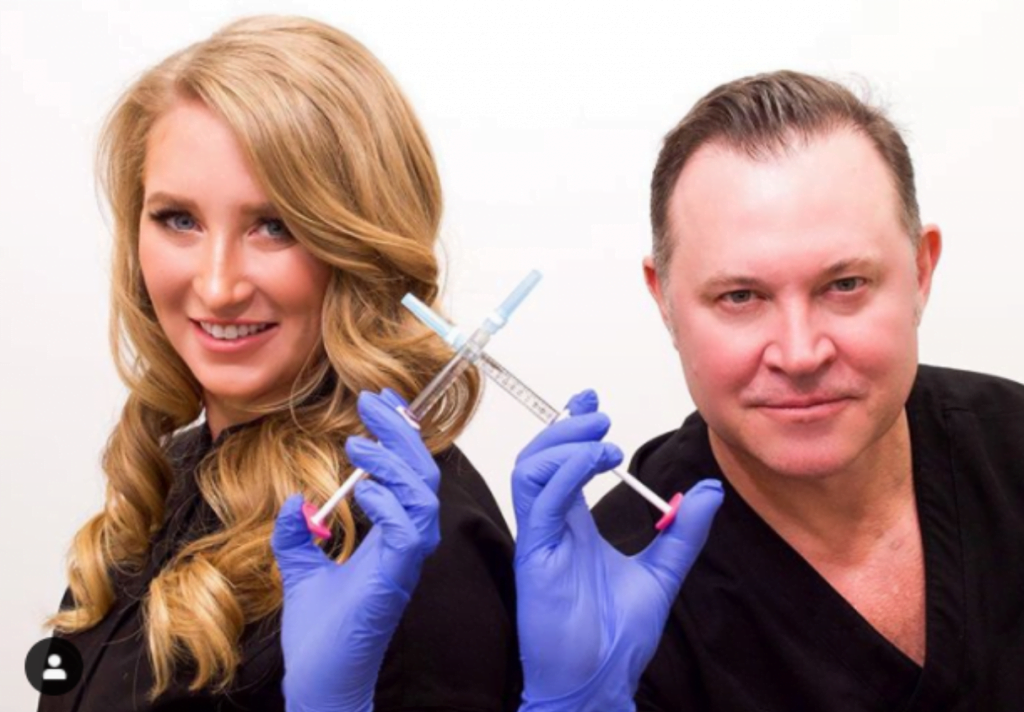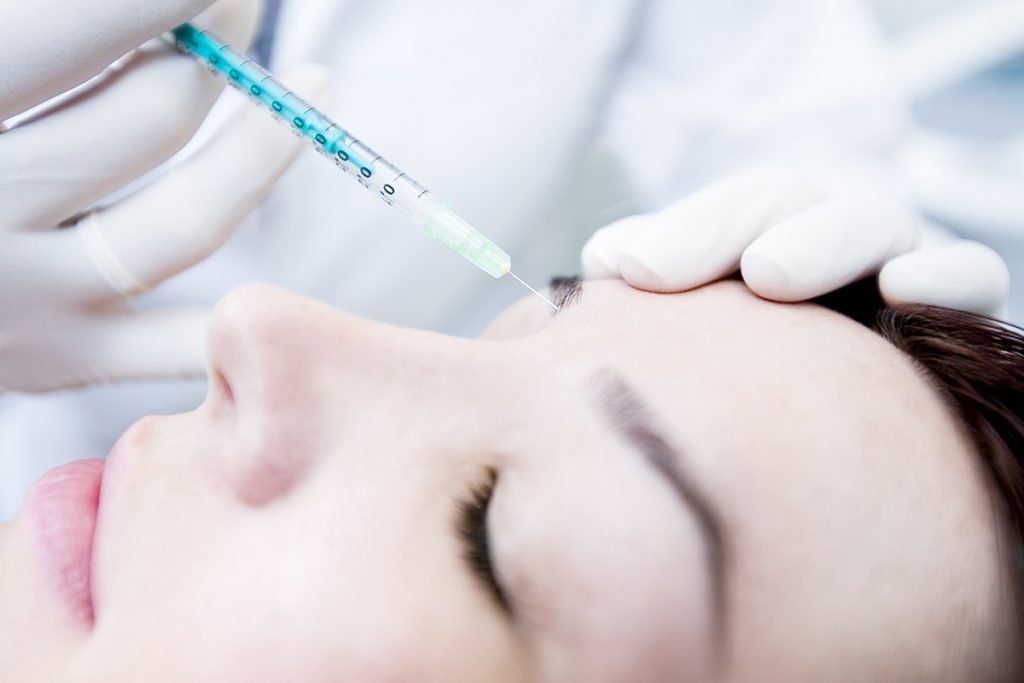
October 27, 2020
As our understanding of human facial anatomy and skin aging progresses, so do our techniques for performing cosmetic procedures. Injectables have long been popular because they are quick, cost less than surgical treatments, and provide great flexibility—but you may also have heard about some of their drawbacks and limitations. The good news is that injection formulas and techniques have significantly advanced in recent years, and, if you do your research, you can find an injector who will give you beautiful results.
Your results will be far more dependent on the choices made by your injector than the product, and the right technique can also make treatment more comfortable.
Results depend on more than the product: the art of injecting
It’s easy to think when choosing a brand name product such as Juvederm® that you, too, will get the attractive results you see displayed in their advertising. However, your results will be far more dependent on the choices made by your injector than the product. The right technique can also make treatment more comfortable. Conversely, poor technique can be more painful, lead to complications, and leave you with undesirable results. This is why it’s so important that you choose an experienced and certified injector.
General injection techniques
Your injector should be familiar with a full range of injection techniques—radial fanning, linear threading, and cross-hatching to name a few—and choose the most appropriate approach for your specific goals. These are a few of the specific injection methods used to treat different types of lines and wrinkles in the face:
- Radial fanning: When an injector distributes a dose in parallel lines throughout the face in a “fan-like” pattern via a single puncture site.
- Linear threading: In this method, an injector will distribute a single dose along an isolated line or wrinkle. This technique is often used to treat deep nasolabial folds (the lines that run between the nose and mouth).
- Serial puncture: Small doses are distributed by an injector in individual puncture sites along a wrinkle.
- Cross-hatching: This technique is meant for filling in broad areas. A series of parallel tunnels of filler are injected, then followed by a series of perpendicular tunnels to create a cross-hatching pattern.
Skin thickness considerations
Not everyone’s skin is the same thickness, and therefore an injector must understand the differences in your face’s skin thickness:
- The thickness of your facial skin varies between 0.4mm in the eyelids and 1.2mm in the forehead and cheeks.
- For an intradermal injection, the needle should be inserted at a 10° angle.
- For a mid-dermal injection to treat moderate to deep folds, the needle should be inserted at an angle of 30°–40°.
- For a deep-dermal or supraperiosteal injection to treat deeper folds, the needle should be inserted at a 45°–90° angle.
- In the area around the eyes, it’s critical to inject at a very flat angle because of the thinness of the eyelid skin. It’s also important to inject away from the eye to prevent injury.
Because skin thickness can vary so greatly, it’s important you choose an injector who understands your skin’s needs.
Injection depth
It’s also critical for an injector to understand the interactions between skin, muscle, subcutaneous fat, and bone. For dermal fillers, the depth of an injection depends on the volume and fat loss in a particular area. For neurotoxins, the size and strength of the muscle in a specific area dictates the depth of an injection.
Ultimately, injectors must pay close attention to how deep into the skin they insert the tip of their needle to provide optimal results. This is difficult to measure and comes with experience and training, which is why it’s critical you choose an experienced injector.
Botulinum toxin injection techniques
BOTOX® and other neurotoxins work by paralyzing the muscles that cause expression-based wrinkles for up to 6 months. They can also be used to treat conditions such as migraines or excessive sweating. Other FDA-approved neurotoxins include Jeuveau™, Xeomin®, and Dysport®.
In general, neurotoxin injections should be injected perpendicular to the skin and inside of the muscle. While that sounds fairly straightforward, targeting the right muscles with the correct dosage is relatively complex. The difference between an unfortunate temporary paralysis and a good result can come down to a few millimeters. Additionally, the dose required to effectively smooth targeted fine lines and wrinkles depends on:
- The location of your lines/wrinkles.
- Your muscle mass.
- The severity of your lines/wrinkles.
As such, your injector must have deep knowledge of facial anatomy as well as the dynamic movement of the musculature being treated. Your injector should also be familiar with treatment techniques that go beyond injecting; for example, they may massage your skin after your Botox injection to help diffuse the formula.
Hyaluronic acid dermal filler techniques
Hyaluronic acid (HA) dermal filler injections have become increasingly popular, with over 1 million injections performed annually. Over the past few decades, injectors and surgeons have advanced their injection techniques, and many of us now favor the Microcannula Technique for dermal fillers—a process in which an injector uses a long, blunt tip microcannula (a very thin, hollow needle) to inject a filler with multiple passes through a single entry point in the skin. A skilled injector can also layer multiple injections to increase volume and support in the skin.
With the Microcannula Technique (also called the Skin Sculpting Technique), a blunt tip cannula is able to slide through subcutaneous layers rather than cutting through tissue and vessels like aesthetic hypodermic needles do. The Microcannula Technique has been shown to reduce:
- Pain.
- Swelling.
- Bruising.
- Risk of injury to blood vessels.
Since they typically require only 1 or 2 injection sites, blunt tip cannulas are ideal for filling in areas that require large volume, such as the midface, cheeks, and temple. The Microcannula Technique can also increase the longevity of the filler and its cosmetic benefits.
Researchers have even found that using fewer injection sites with a blunt tip cannula stimulates the skin’s fibroblasts to produce more collagen, the protein that plays a large role in structurally supporting your skin.
Reversing bad results: sometimes you need to start from scratch
One reason I love HA fillers is that they can be reversed with an enzyme called hyaluronidase. I constantly see patients who have had less-than-ideal filler injections, and instead of re-injecting on top of the existing filler, I often choose to dissolve it and start from scratch. Patients are always much happier with their results this way. To see an example of how dissolving and then re-injecting HA fillers can do wonders for patients who have had bad injections, take a look at the following post from my Instagram (and follow me to see more!):
View this post on Instagram
What patients need to know about injectables
As a plastic surgeon and Master Facial Injectables Trainer, I love discussing these nuances, but there’s no need for you to memorize which exact methods are best for smoothing wrinkles or providing volume. Instead, do your research and make sure you select a skilled injector who both regularly injects and pursues ongoing training to stay up-to-date on best practices and trends. They will know which products and methods to use to enhance your unique facial profile.
How we deliver dermal fillers with flawless results
At BEAUTY by BUFORD, I am assisted in delivering injections by board certified dermatology physician assistant, Lauren Mitschrich, PA-C. We both have extensive experience using dermal fillers to volumize and smooth patients’ skin and are known as experts in injecting HA fillers. Here are a few proven techniques we use when injecting fillers:
- Deliver gentle, gradual, and precise injections to specific areas of the face.
- Use microinjections to encourage hydration and luminosity in the skin.
- Use complementary products or procedures to enhance results.
- Customize injection techniques based on each patient’s unique anatomy.
In addition to utilizing the best practices and techniques discussed above, my staff and I prioritize patient safety above everything. We have strict sanitation protocols and, in the very unlikely event you have a reaction to an injection, we know what steps to take.
Looking for Botox or fillers in the Denver and Lone Tree areas? Get in touch with us.
Whether you’re interested in receiving neurotoxin or dermal filler injections in Denver or Lone Tree, Lauren or I would love to help you design the perfect plan to fit your needs.
Contact us online or call our Lone Tree plastic surgery center at 303-951-5829 to schedule a consultation. We look forward to discussing your next injection treatment and delivering the results you want.










